Due to the impact of natural disasters, the Japanese Covered Bridge has undergone many restorations and lost its Japanese architectural elements, replaced by a Vietnamese-Chinese architectural style. The Japanese Covered Bridge is a priceless asset and has been officially chosen as the symbol of Hoi An.
Historical value
According to legend, the Vietnamese, Japanese, and Chinese communities share a common legend about the cause of earthquakes. They believe that there is a sea monster in the ocean that the Vietnamese call Cu, the Japanese call Mamazu, and the Chinese call Cau Long. Its head is in Japan, its tail is in India, and its back crosses the gap in Hoi An that the Japanese Bridge crosses. Every time the sea monster writhes, Japan experiences an earthquake and Hoi An is not at peace, so that the Japanese, Chinese, and Vietnamese can do business in peace. To control Mamazu, the Japanese worship the Monkey God and the Dog God at both ends of the bridge to “suppress” the sea monster.
The Minh Huong people built a small temple next to the ancient bridge to worship Bac De Chan Vo with the purpose of controlling the Cau Long monster that caused earthquakes. Therefore, the temple was considered as a sword stabbing into the back of the monster Mamazu, preventing it from wagging its tail and causing earthquakes.
In 1653, people built an additional pagoda, connected to the northern railing, protruding into the middle of the bridge, from which the locals called it the Bridge Pagoda. In 1719, Lord Nguyen Phuc Chu visited Hoi An and named the bridge Lai Vien, meaning "a friend from afar". According to the year recorded on the ridge beam and the remaining stele at the head of the bridge, the bridge was rebuilt in 1817. The pagoda was probably also built during this time. The pagoda was restored in 1817, 1865, 1915, and 1986.
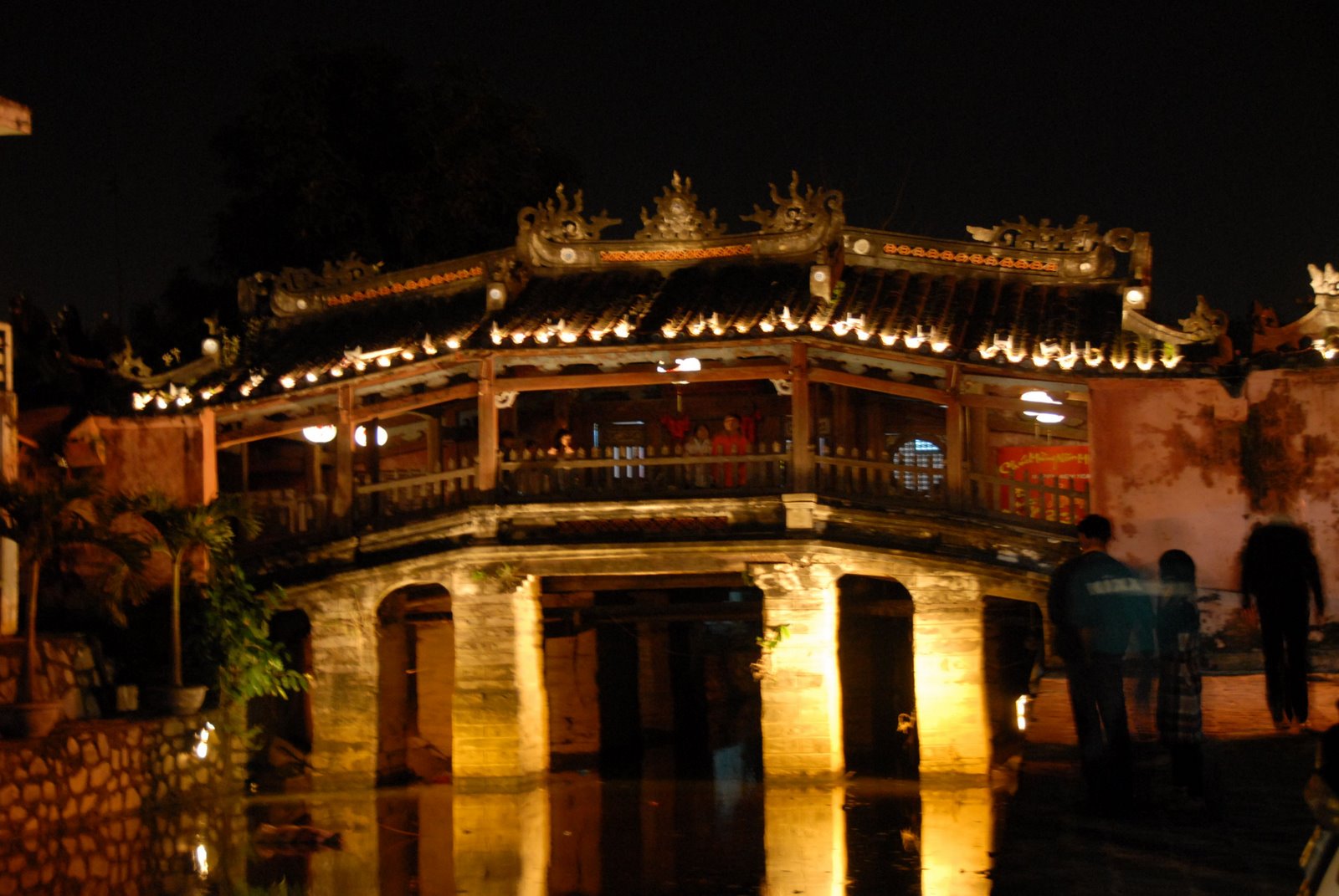
With its unique architecture and historical value, the Japanese Covered Bridge is a popular tourist destination in Hoi An ancient town .
The charm of the Japanese Covered Bridge
The bridge is about 18m long, has a roof, and curves over the stream flowing into the Thu Bon River. The Japanese Covered Bridge is one of the relics with quite a special architecture. The roof of the pagoda is covered with yin-yang tiles that cover the entire bridge. On the main door of the Japanese Covered Bridge, there is a large sign embossed with 3 Chinese characters: Lai Van Kieu.
The pagoda and the bridge are both made of elaborately carved red-lacquered wood, facing the riverbank. The two bridges have wooden animal statues standing guard, one end is a dog (than mao), the other end is a monkey (tien cau). Than mao represents the year of construction, and the tien cau represents the year of completion. Legend has it that these are animals that the Japanese have worshiped since ancient times.
Although it is called a pagoda, there is no Buddha statue inside. The main room (called the pagoda) worships a wooden statue of Bac De Tran Vo - the guardian god of the land, giving joy and happiness to everyone, expressing the sacred aspirations that people want to send to heaven and earth to pray for all good things.
This unique T-shaped roofed religious architectural complex is associated with many legends related to people's fortunes and misfortunes, so it is commonly known as the Japanese Covered Bridge and is a symbol of Japanese - Chinese - Vietnamese cultural exchange in Hoi An. For over 400 years, the famous sacred Japanese Covered Bridge has been worshiped with reverence by local residents and visitors.
Previously, the Japanese Bridge in its architectural structure and interior decoration contained the mark of the Japanese culture, with soft tiled roofs with a downward slope, square columns, arched bridge floors, decorative patterns of the sun, and open fans… which are no longer there. However, the Monkey God and the Monkey God are still worshiped at both ends of the bridge.
On both sides of the wall of the entrance gate to the West and East of the Japanese bridge, there were originally two embossed Chinese parallel sentences, but over the years they gradually faded and were eventually lost completely, and the Minh Huong people replaced them with embossed patterns of large Buddha's hand fruits.
Source: https://vtv.vn/du-lich/chua-cau-net-kien-truc-la-o-pho-co-hoi-an-109961.htm


![[Photo] Nghe An: Bustling atmosphere celebrating the 50th anniversary of Southern Liberation and National Reunification Day](https://vphoto.vietnam.vn/thumb/1200x675/vietnam/resource/IMAGE/2025/4/29/64f2981da7bb4b0eb1940aa64034e6a7)
![[Photo] Ho Chi Minh City: People are willing to stay up all night to watch the parade](https://vphoto.vietnam.vn/thumb/1200x675/vietnam/resource/IMAGE/2025/4/29/cf71fdfd4d814022ac35377a7f34dfd1)
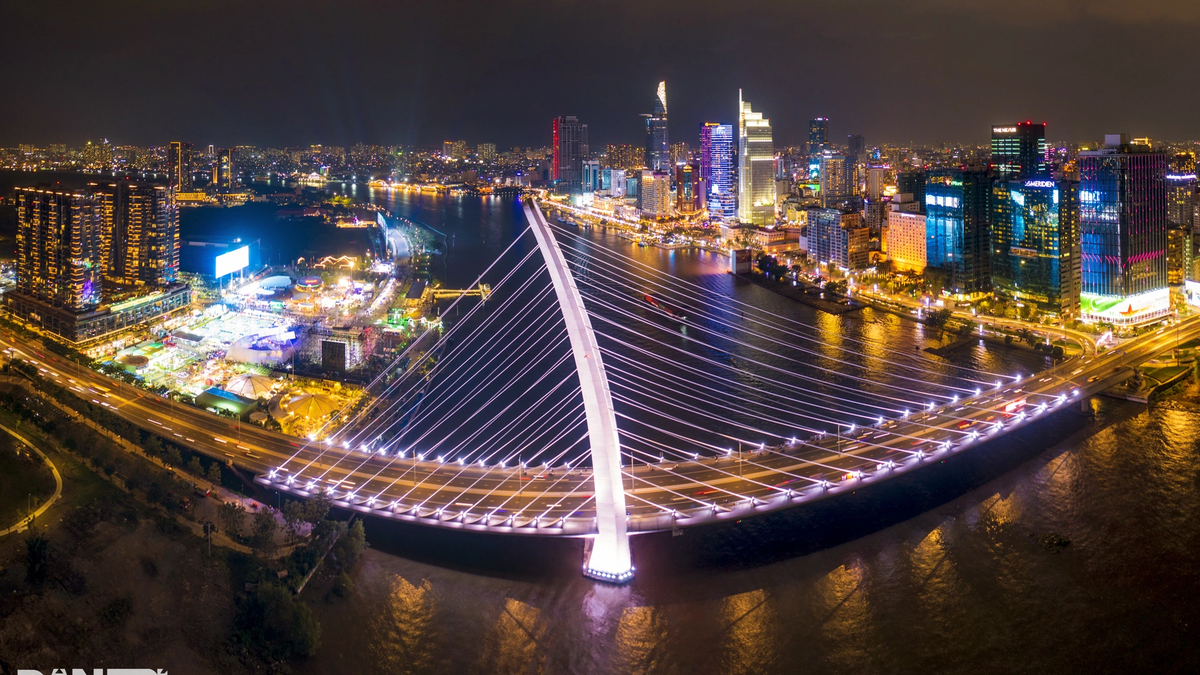
![[Photo] General Secretary attends special art program "Spring of Unification"](https://vphoto.vietnam.vn/thumb/1200x675/vietnam/resource/IMAGE/2025/4/29/e90c8902ae5c4958b79e26b20700a980)
![[Photo] Prime Minister Pham Minh Chinh meets to prepare for negotiations with the United States](https://vphoto.vietnam.vn/thumb/1200x675/vietnam/resource/IMAGE/2025/4/29/76e3106b9a114f37a2905bc41df55f48)
![[Photo] Hanoi is brightly decorated to celebrate the 50th anniversary of National Reunification Day](https://vphoto.vietnam.vn/thumb/1200x675/vietnam/resource/IMAGE/2025/4/29/ad75eff9e4e14ac2af4e6636843a6b53)
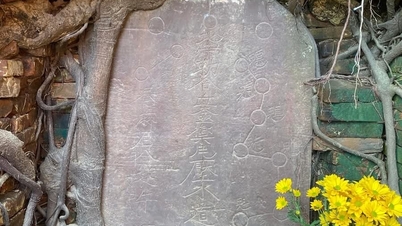

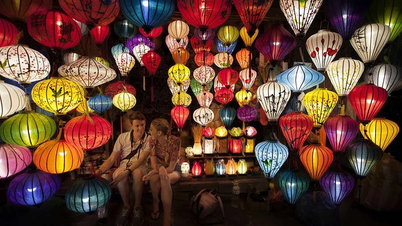

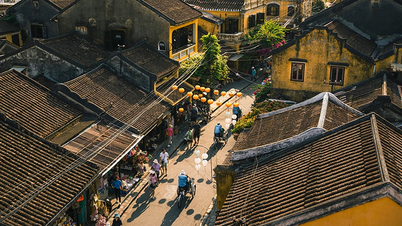

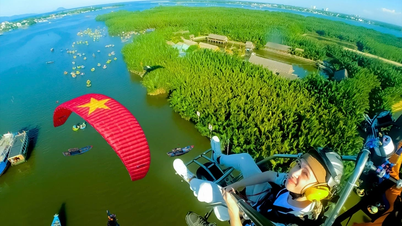

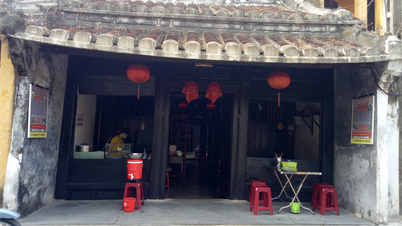

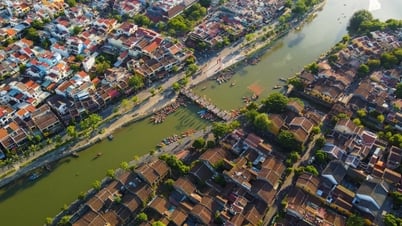










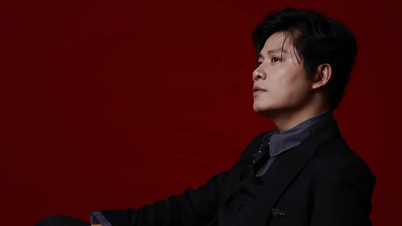


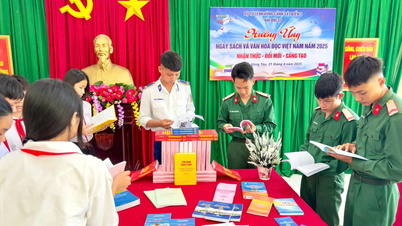
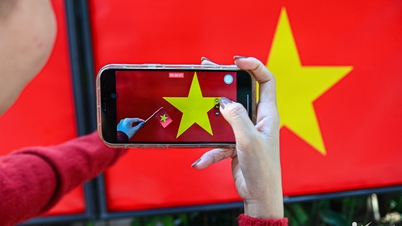
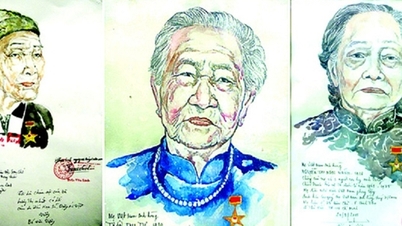
![[Photo] People choose places to watch the parade from noon on April 29](https://vphoto.vietnam.vn/thumb/1200x675/vietnam/resource/IMAGE/2025/4/29/3f7525d7a7154d839ff9154db2ecbb1b)






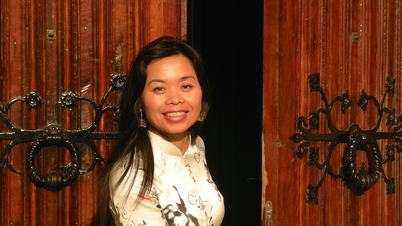


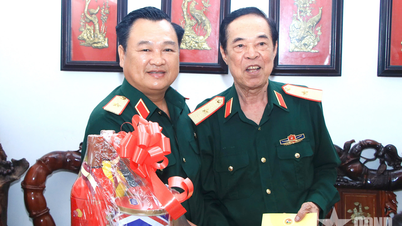

























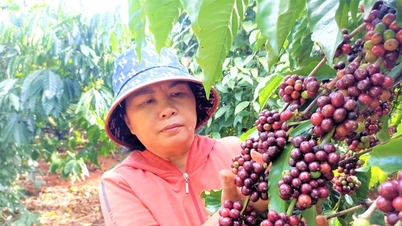

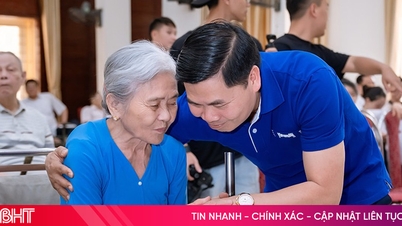




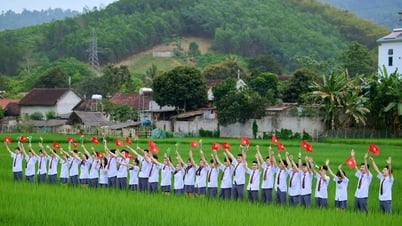
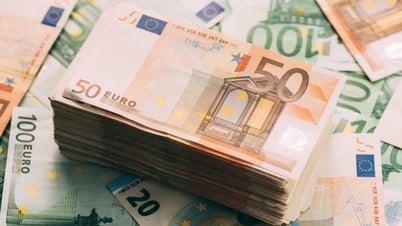











Comment (0)